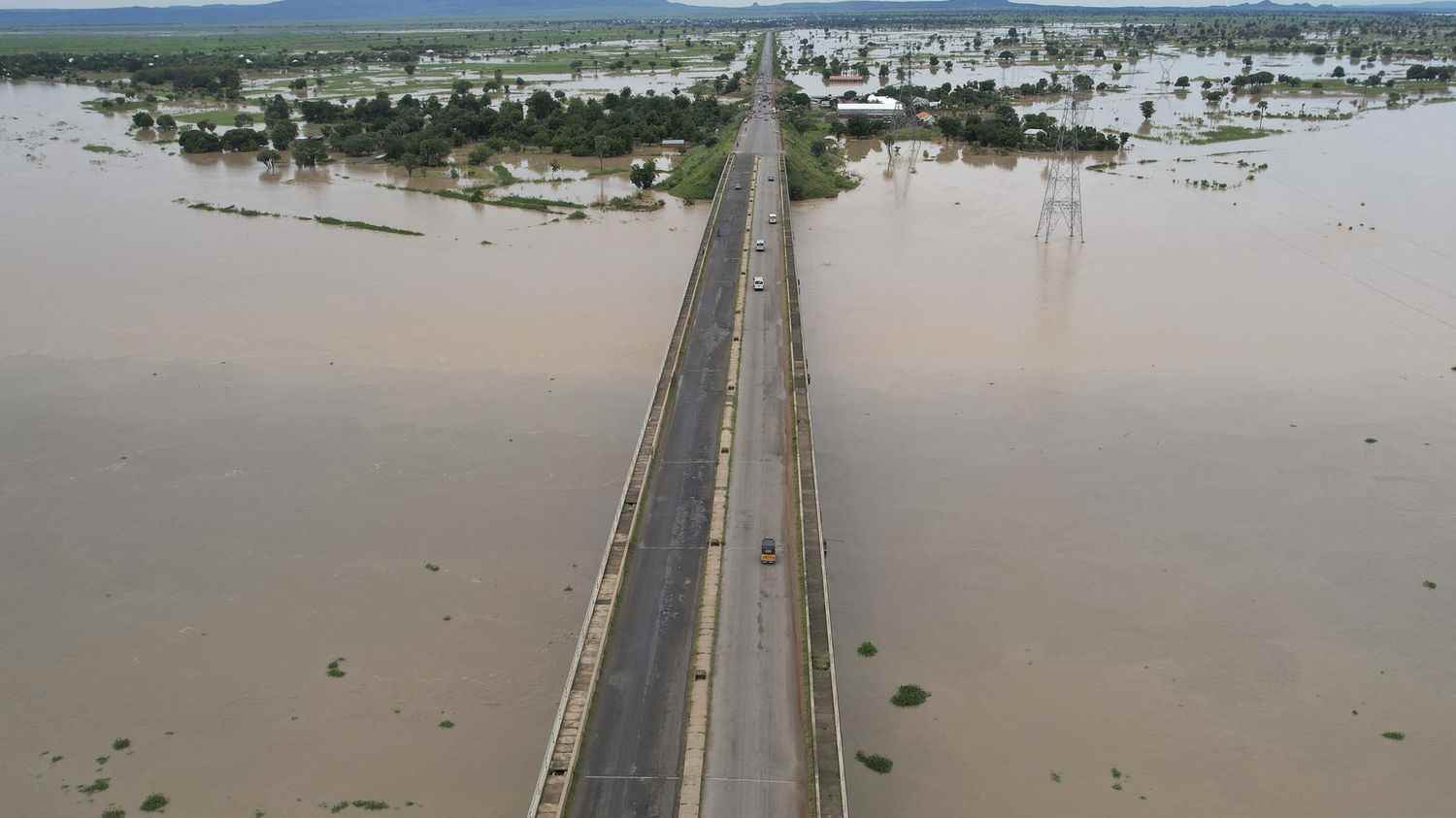Since the start of the rainy season, at least in June, Nigeria has been ravaged by deadly floods. “Unfortunately, more than 603 lives were lost”has declared, Sunday October 16, the Nigerian Ministry of Humanitarian Affairs, on Twitter. The death toll has increased dramatically “astronomical” because many states in the country have not prepared for rains of such magnitude, the ministry continued. The previous report, published a week earlier, reported 500 dead.
While sub-Saharan Africa is particularly affected by climate change, these floods are considered the deadliest of the decade. Hitting several regions of the country, the most populous in Africa, they injured 2,400 and forced 1.3 million people to flee their homes, according to the new assessment of the authorities.
Over 82,000 homes and 110,000 hectares of farmland were also completely destroyed. The ministry fears worsening food insecurity and inflation. Rice farmers have already warned that this year’s devastating floods could drive up prices, as the import of rice is banned to boost local production.
According to a joint report published in September by the World Food Program (WFP) and the Food and Agriculture Organization of the United Nations (FAO), Nigeria is already among the six countries in the world facing high levels of catastrophic starvation.
As further rains are expected in the coming weeks, Minister of Humanitarian Affairs Sadiya Umar Farouq has called for the evacuation of people living along the rivers, especially in the states of Anambra, Bayelsa, Cross River, Delta and Rivers, facing a high risk of rising waters.
